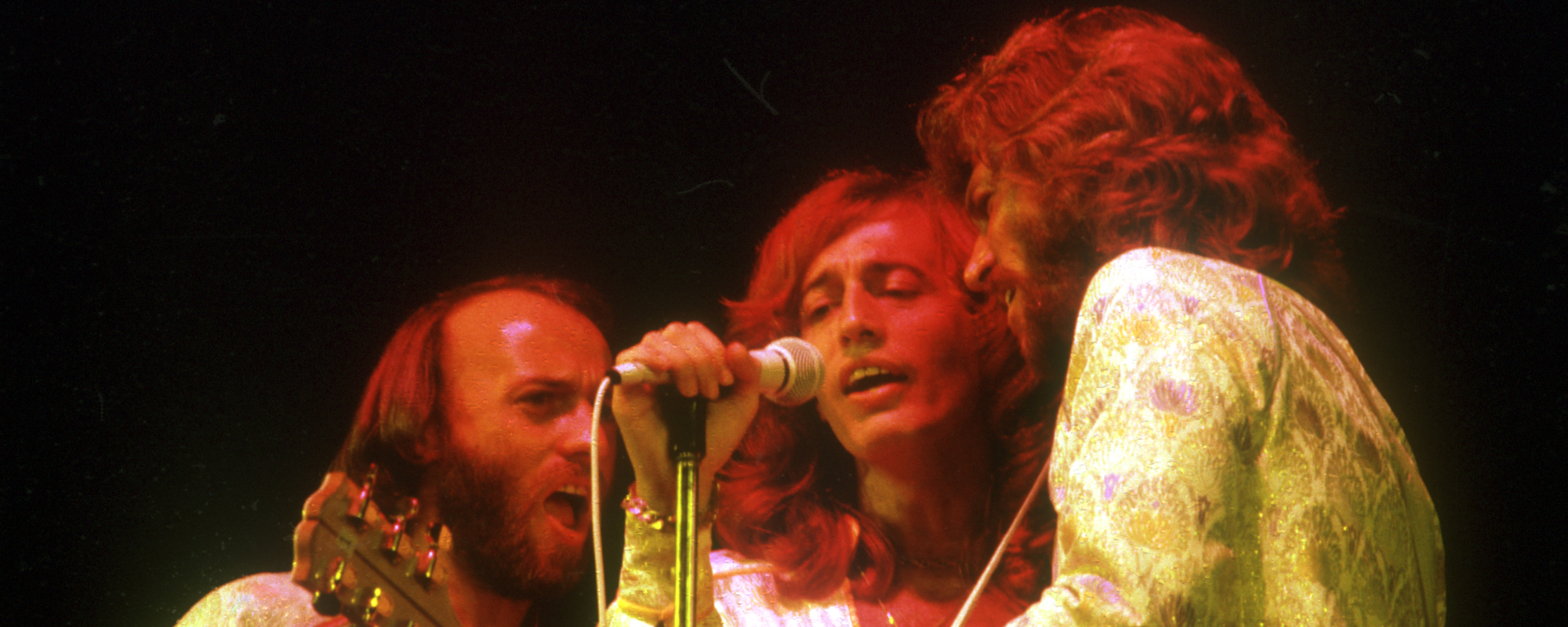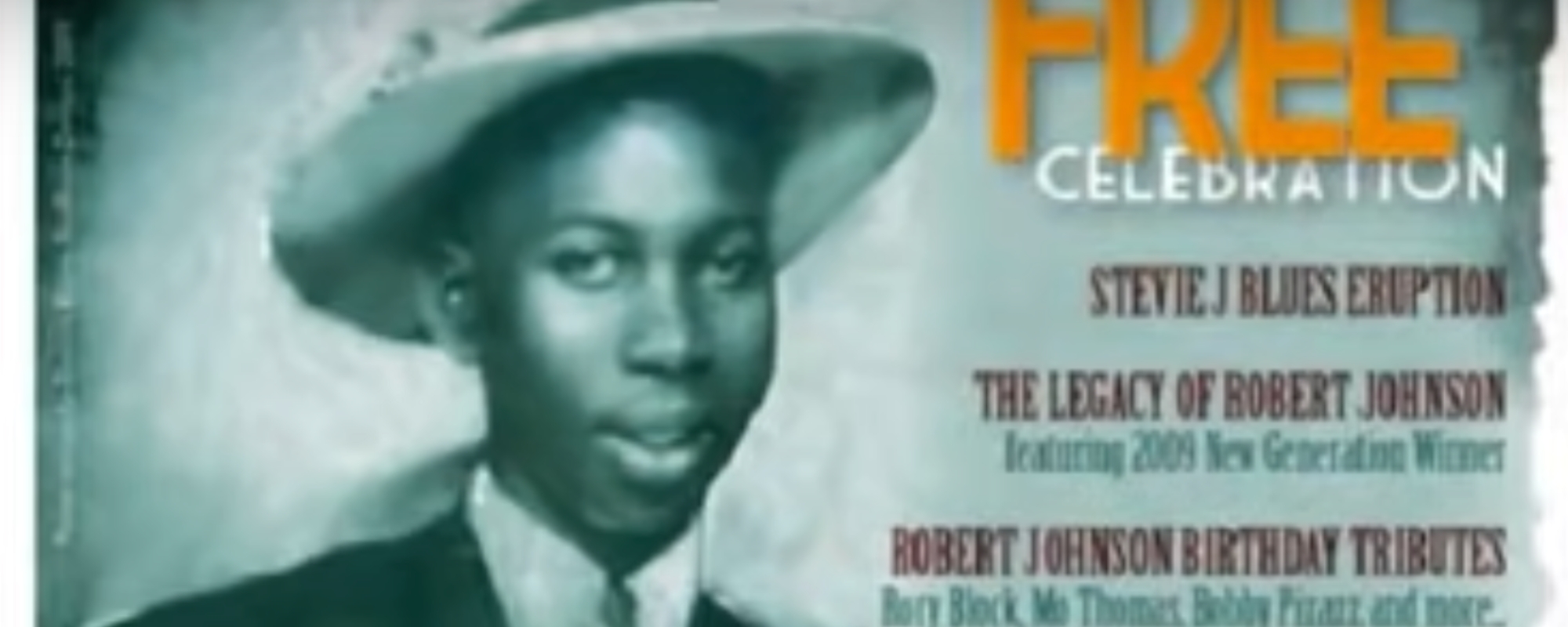“That’s me in the corner. That’s me in the spotlight.”
Videos by American Songwriter
If you had the radio on in 1991, you probably bobbed your head to one of the most unlikely Top 40 singles of all time. In between spins of “Right Here, Right Now” by Jesus Jones and C&C Music Factory’s “Gonna Make You Sweat,” lay R.E.M.’s “Losing My Religion,” the track that turned the former kings of college rock into international superstars.
There had been hits before: “Stand,” “It’s The End Of The World As We Know It” and “The One I Love” all raised R.E.M.’s profile, marking them as quirky alt-rock tastemakers. But the morose, mandolin-fueled “Losing My Religion” was the fulcrum for the most unlikely star turn in pop music history. “There’ve been very few life-changing events in our career because our career has been so gradual,” said bassist Mike Mills. “If you want to talk about life changing, ‘Losing My Religion’ is the closest it gets.”
Warner Bros., the band’s label, was initially opposed to using the song, which has no chorus, as the lead single for their watershed album, Out Of Time. For one thing, it was in a minor key, which is rarely the recipe for a hit song, “Hotel California” excepted. (Although R.E.M. are exceptionally skilled at it: see “Driver 8,” “Firehouse,” “Drive,” “Country Feedback.” “You can’t really say anything bad about E minor, A minor, D, and G,” said guitarist Peter Buck. “I mean, they’re just good chords.”) For another, it courted controversy with it’s questioning of faith (although ironically, that would probably be a bigger deal today.)
As the story goes, Buck came up with the song’s signature lick while watching TV with the tape recorder on, while in the midst of fiddling around with the instrument he had just bought. “When I listened back to it the next day, there was a bunch of stuff that was really just me learning how to play mandolin, and then there’s what became ‘Losing My Religion,’ and then a whole bunch more of me learning to play mandolin,” he told author Johnny Black. It was recorded in Bearsville Studios in Woodstock, New York, where Michael Stipe nailed his vocals in a single pass.
Losing My Religion’s Meaning
Unlike early R.E.M. songs, “Losing My Religion” features lyrics you can understand. And yet, they were largely misunderstood anyway. Was it sacrilegious? A kiss off to the establishment? Were R.E.M. advocating that you reject the church and stop celebrating Christmas?
In fact, this was not the case. “Losing my religion” is actually an old southern expression for being at the end of one’s rope, and the moment when politeness gives way to anger. But if you were missing that key detail, you’d think that Stipe’s vague imagery was clearly a comment on the Judeo-Christian tradition.
Stipe, who comes from a long line of Methodist ministers and is an admirer of Buddhism, was merely giving a little known southern saying a poetic facelift, by building a wall of evocative words around it. The gravity he conjures with his hurt, reedy keen is immense. “I thought that I heard you laughing, I though that I heard you sing.” When he gets to the line “oh no, I’ve said too much,” it sounds devastating.
The single was accompanied by a moody art house video, which MTV spun constantly. Inspired by a short story from 1,000 Years Of Solitude author Gabriel García Márquez, it was the first to feature Stipe (looking as despondent as possible, in need of a back rub) lip syncing, a practice he had studiously avoided. Stocked with androgynous angels, it begins with a pitcher of spilt milk.
Thanks in part to its ambiguous imagery (“I’ve always felt the best kinds of songs are the ones where anybody can listen to it, put themselves in it and say, ‘Yeah, that’s me,’” said Stipe) the song would penetrate the global consciousness, from Dubai to Des Moines, and became R.E.M.’s biggest hit.
The love from MTV, and the fact that alternative rock bands were supposed to remain as such, created an inevitable backlash. Some said the band had grown too big, prompting Buck to retort: “The people that changed their mind because of ‘Losing My Religion’ can just kiss my ass.” In many ways, they’ve been struggling with their success, and their image, ever since.
R.E.M. never had another hit quite like “Losing My Religion,” though they’d rule the radio for a heady few years, with modern classics like “Man in the Moon” and “Everybody Hurts.” Then, like all bands, they got older. Drummer Bill Berry left and went back to the farm, spinning them in new artistic directions; their subsequent attempts to make radio friendly singles, instead of making singles that were radio friendly, ended up putting them at odds with a large chunk of their audience. But as R.E.M., Pearl Jam, and countless others have proven, bands don’t really need an audience outside of their hardcore fans. And of that, there are many… and they’re quite religious about it.
Are you a songwriter? Enter the American Songwriter Lyric Contest!














Leave a Reply
Only members can comment. Become a member. Already a member? Log in.